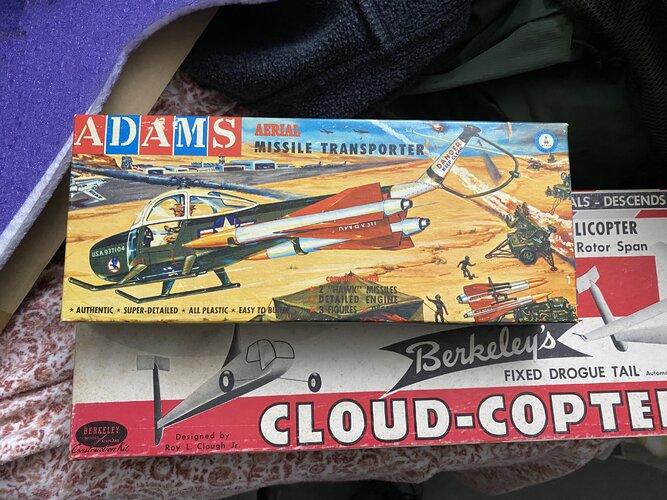World B4
my bad y'all
- Joined
- 25 June 2017
- Messages
- 397
- Reaction score
- 316
Iran figured out how to turn Hawk missiles into long range air to air weapons, and I think there’s a video out there of one on a MiG-29, not just their Tomcats. Ukraine has Su-27s that might benefit from extra engagement range, and if possible force the Russians to utilize R-37s even more heavily to counter them. A Su-35 carrying an R-37 might mean one less Kh-31 to handle air defenses, more drag and weight, and heavier missiles mean bigger secondary explosions when drones hit their airbase ammo storage. Even the presence of the capability, only occasionally used, might hinder the Russians more than it costs the Ukrainians. Thoughts? Prayers? Donations?

